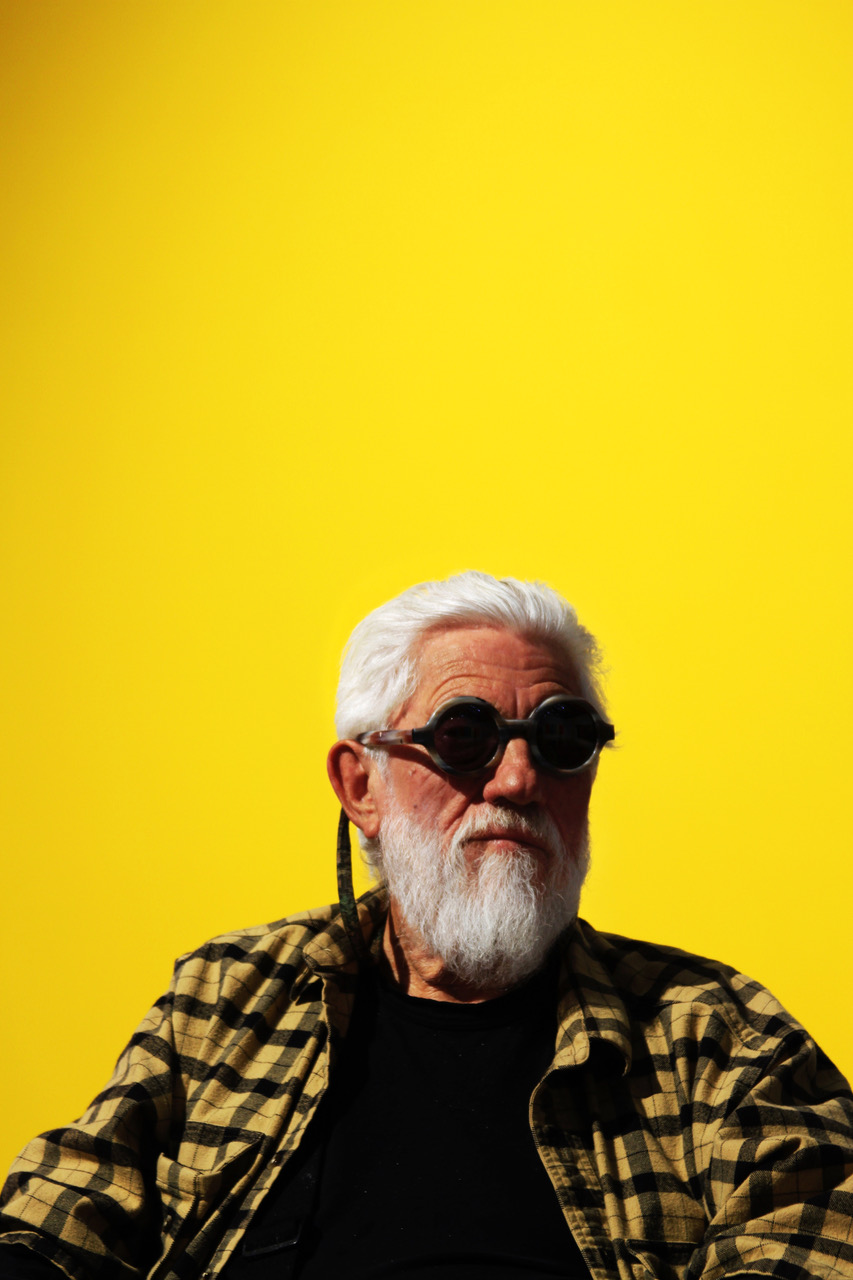Alex Couwenberg: SuperGlide - Exhibition Catalog Now Available
/In this new series of visually exquisite works, Alex Couwenberg utilizes a jazz-like ensemble of color, line and texture to create lyrically engaging, deftly complex compositions. These multi-layered canvases captivate the viewer with the precision of their virtuosic execution, but they are at heart wonderful improvisations - reductive and additive processes drawing upon his intuitive and spontaneous reactions in the moment. Couwenberg simultaneously builds upon and excavates the surfaces of his paintings, constructing an abstract archaeology of his own deeply personal, semiotic patois. Born and raised in Southern California, Couwenberg’s work expresses the seemingly contradictory sensibilities of the region - the love of nature, and its variegated, open-spaced color and light, and, conversely, the embrace of an urban architecture, in all of its physical and cultural density.
A graduate of The Art Center College of Design and The Claremont Graduate School, Couwenberg worked under the guidance of Karl Benjamin, one of the leading figures in the Southern California-base school of Hard-edge geometric abstraction. Beginning in the mid to late 60s, Benjamin was instrumental in developing a highly refined painting style, process, and philosophy of tightly ruled shapes and edges. Concurrently, other artists in LA began working with industrial materials to create highly refined surfaces, termed “Finish Fetish”, and investigating alternative mediums and technological advances. Both of these influences coalesce into Couwenberg’s post-postmodern vernacular, characterized by its layered formal, material, and textured surfaces.
A synthesis of styles and processes particular to the artist's experience materialize on the canvas to construct the poetics of his investigations. Masking off portions of the painting in his process recalls the batik technique of wax-resist dying and geometric patterning used in his father’s birthplace of Java, Indonesia, a former Dutch colony. His parents met in the Netherlands and immigrated to the U.S., making Couwenberg a first-generation Eurasian American. This synthesis of cultures manifests in his pristine Neo-Plast lines, which disrupt the rigid grid of De Stijl to formulate topsy-turvy cartographies embedded with encoded sign- systems. The alternating black-and-white banding alludes to “Invasion Stripes” used by Allied forces to define friendly aircrafts on their fuselages and wings during World War II but can also refer to Chevron stripes. The industrial spray gun is employed to create diaphanous atmospheric effects, where the foreground and background oscillate, while pearlescent paints shimmer on the surface. Couwenberg lacerates striations on portions of the architectonic compositions with tools such as brooms, all the while revealing intersections between the complex networks of positive and negative spaces. These circuits are comparable to the labyrinthine freeways Angeleno’s surmount and the dextrous, freestyle choreographies skaters wreath. Couwenberg orchestrates self-portraits that intimate a collective unconscious unveiled through material and process, ultimately converting them into cultural artifacts.
Couwenberg’s paintings have been shown in several solo and group exhibitions throughout the United States, Canada, Europe, and Asia. His work can be found in numerous public, private, corporate, and museum collections around the world. Museum acquisitions include the Crocker Museum of Art, the Daum Museum in Missouri, Lancaster Museum of Art and History, Laguna Art Museum, Long Beach Museum of Art, and Nushi-Umeda, Tokyo to name a few. In 2007, Couwenberg was awarded the prestigious Joan Mitchell Foundation Award for his achievements in painting and in 2012 was featured as the subject of Los Angeles based filmmaker Eric Minh Swenson’s project titled “The Making Of La Fonda,” which focuses on the artist's life and studio practices.







